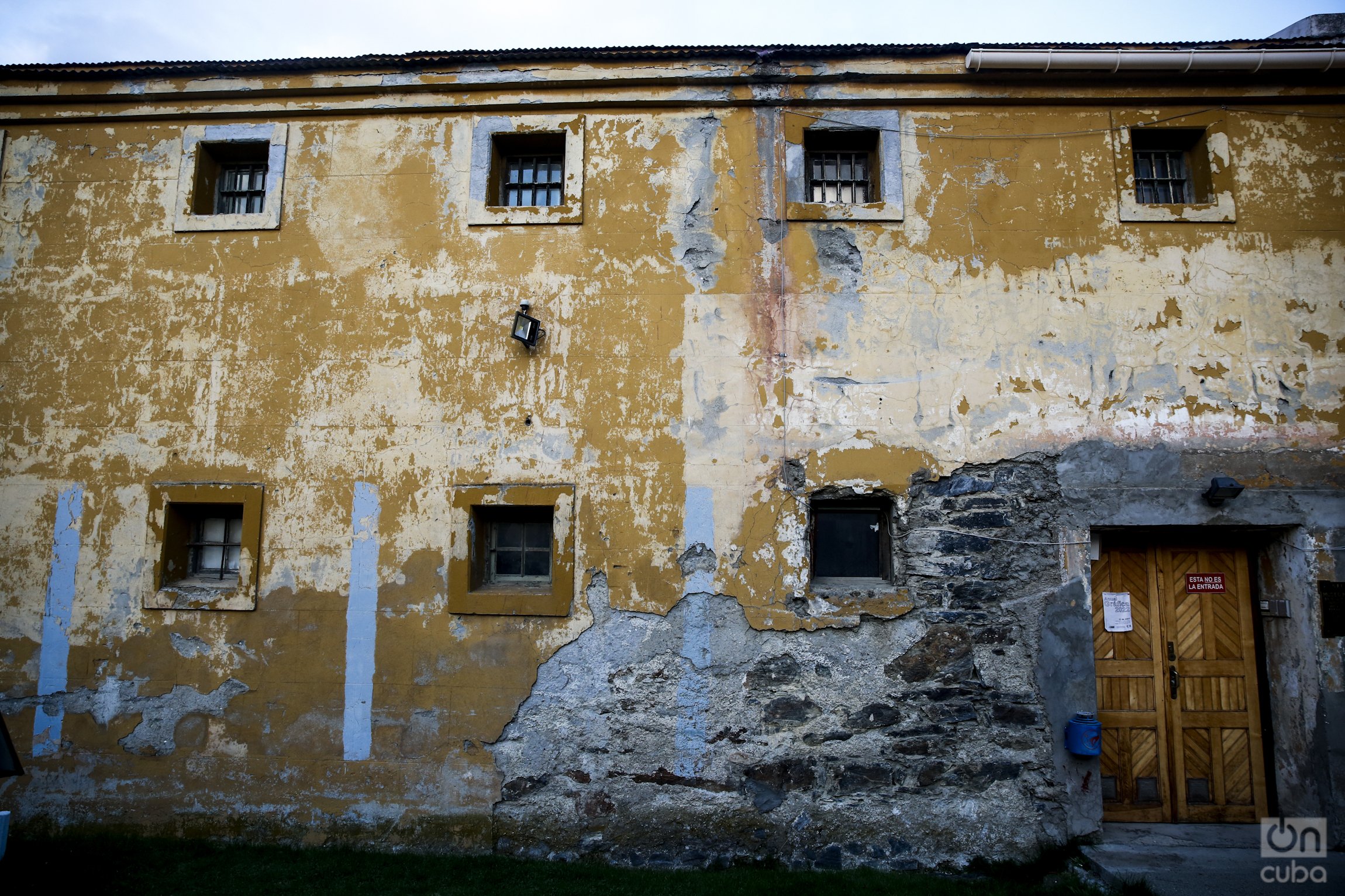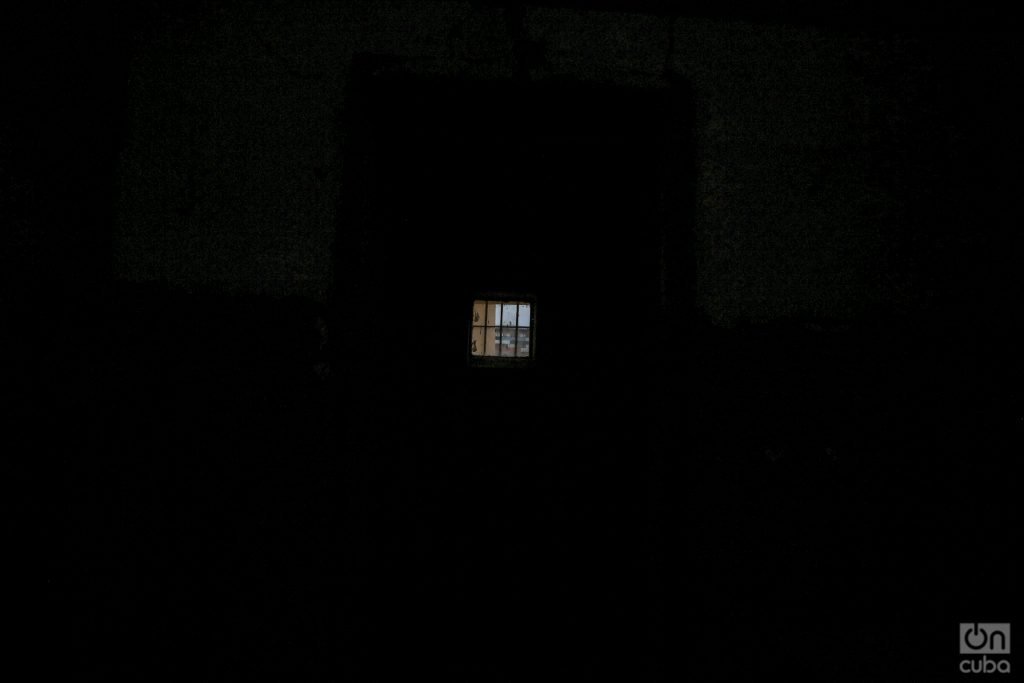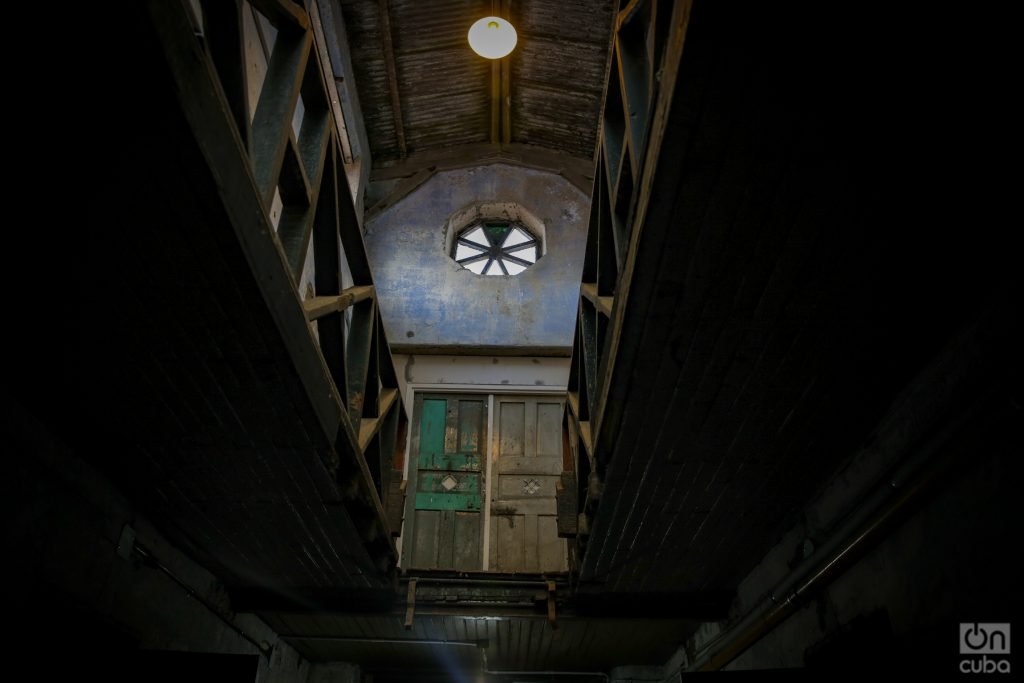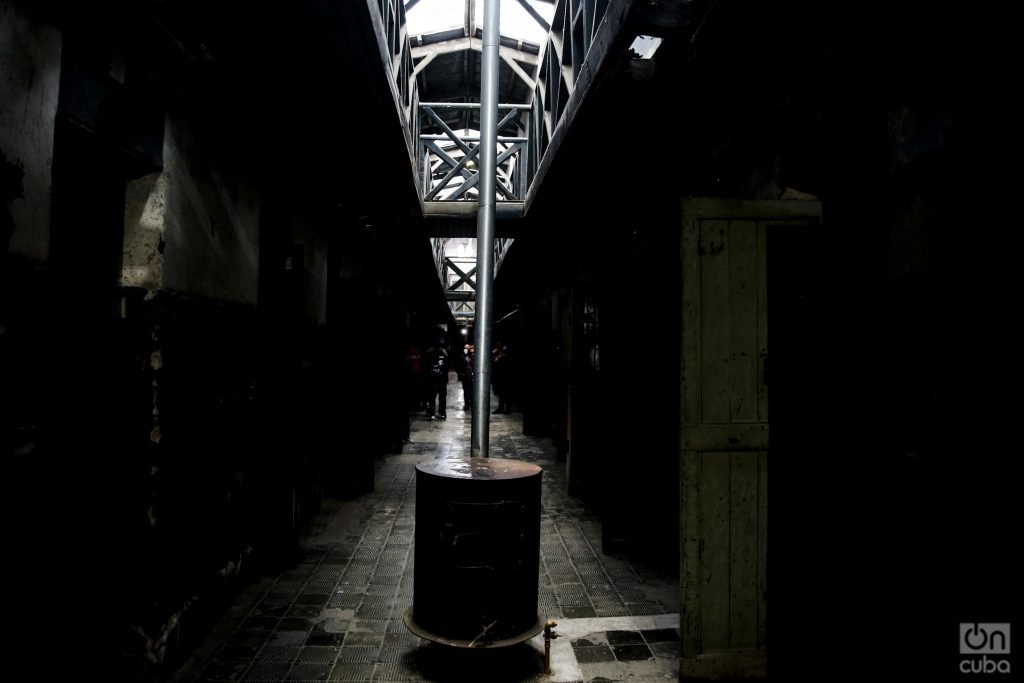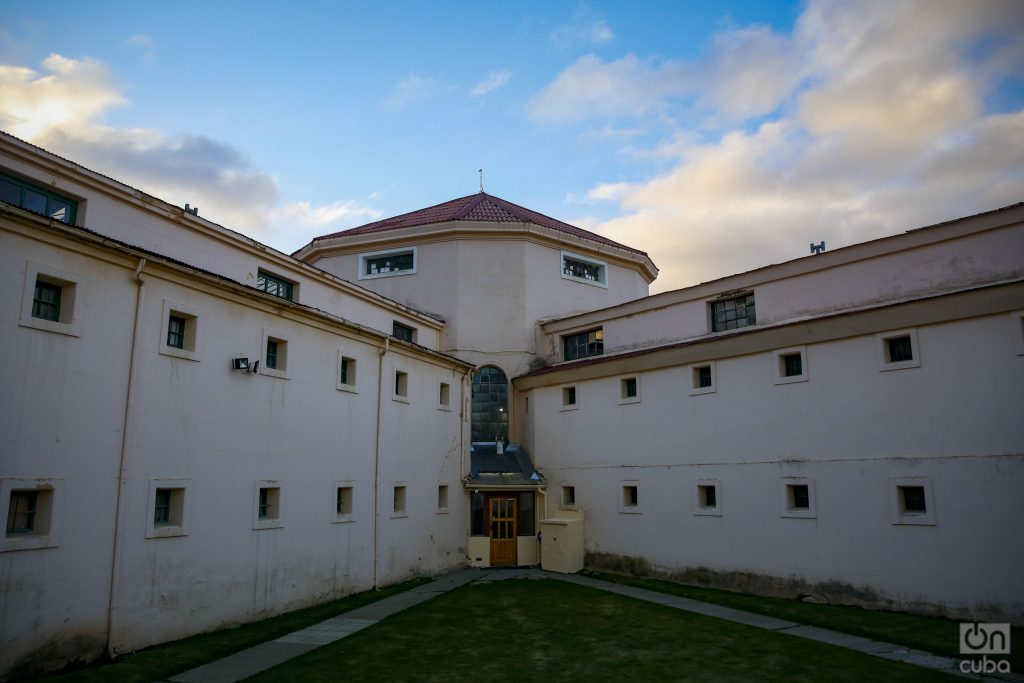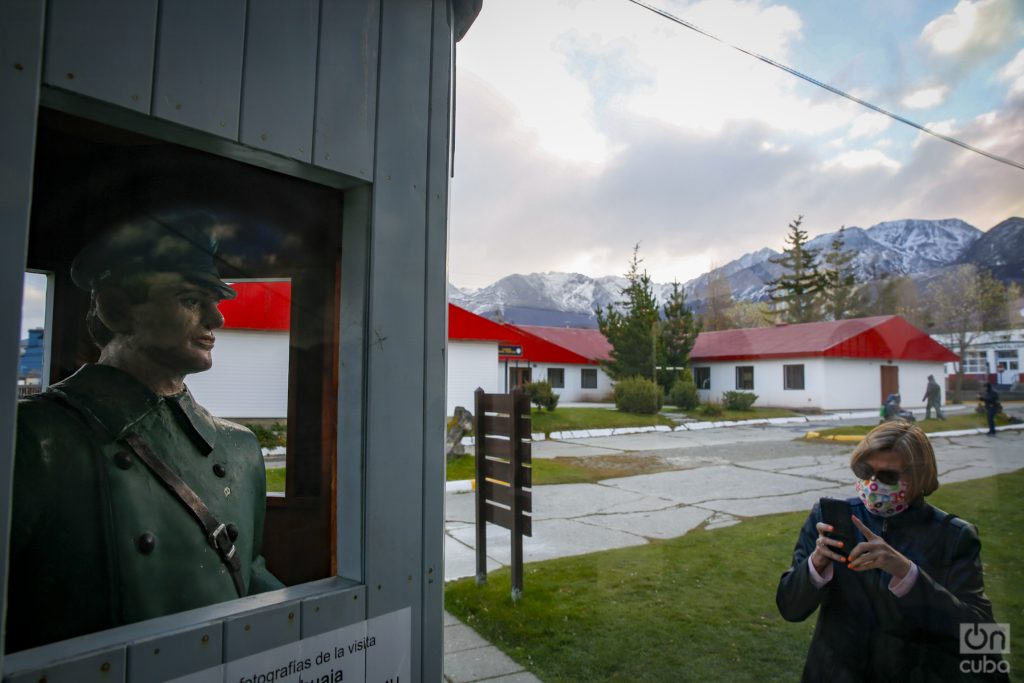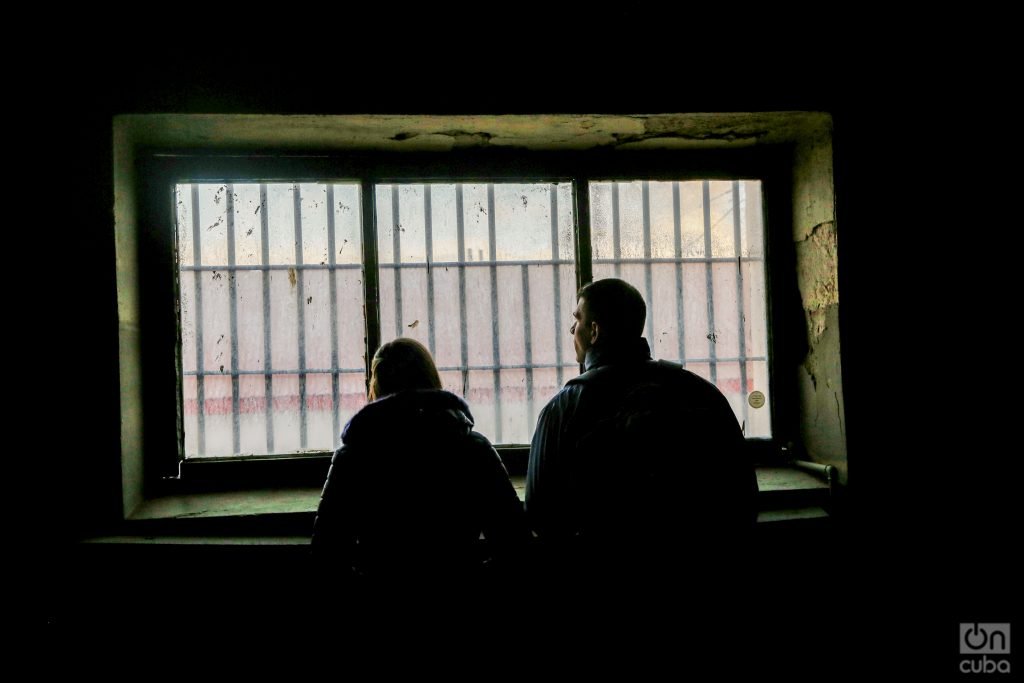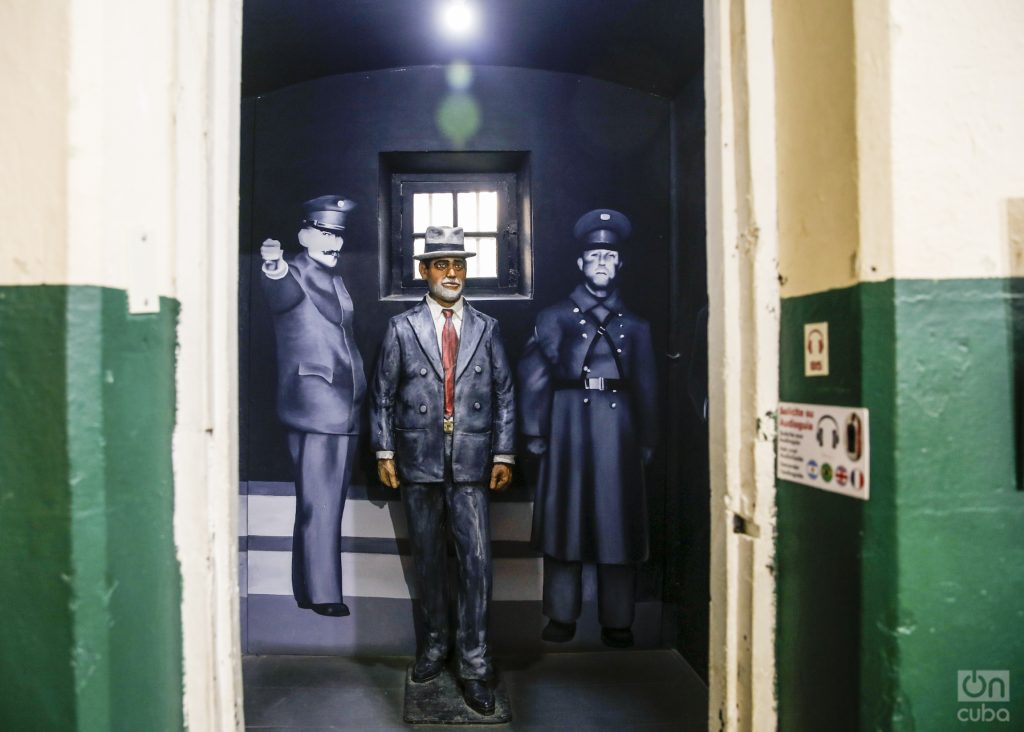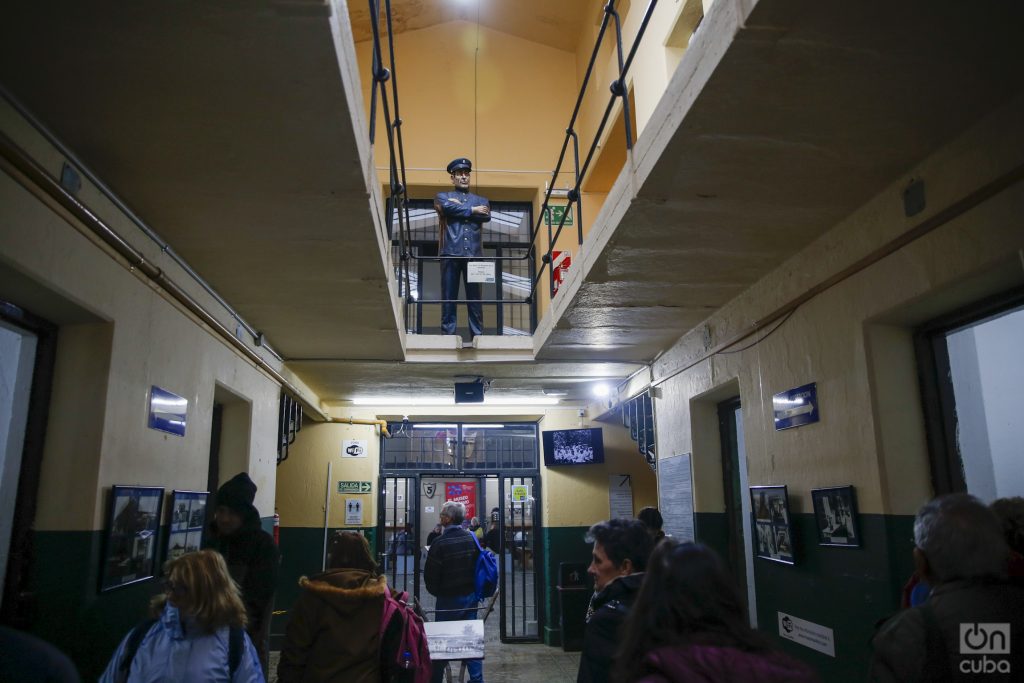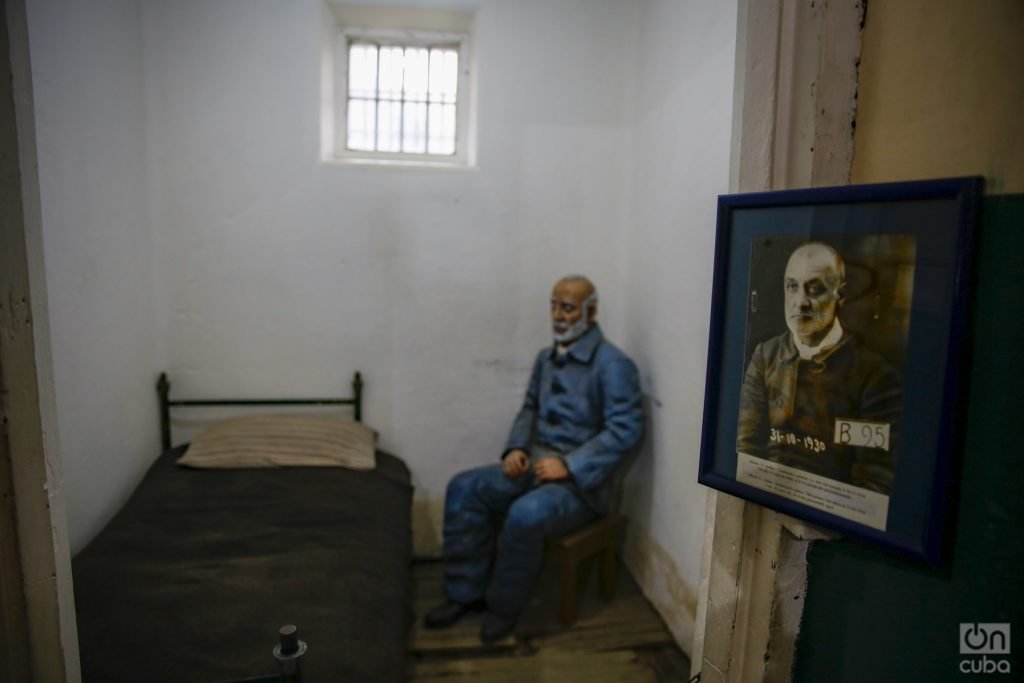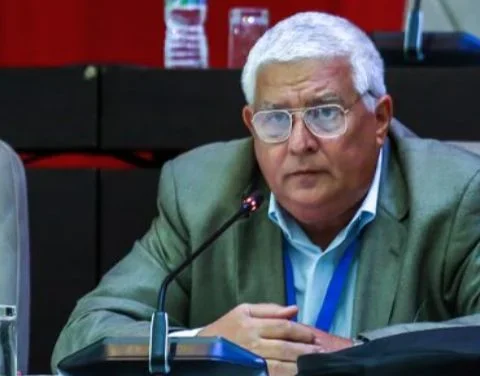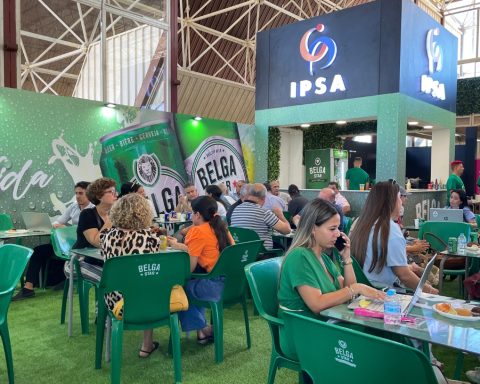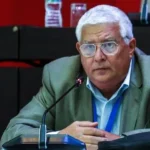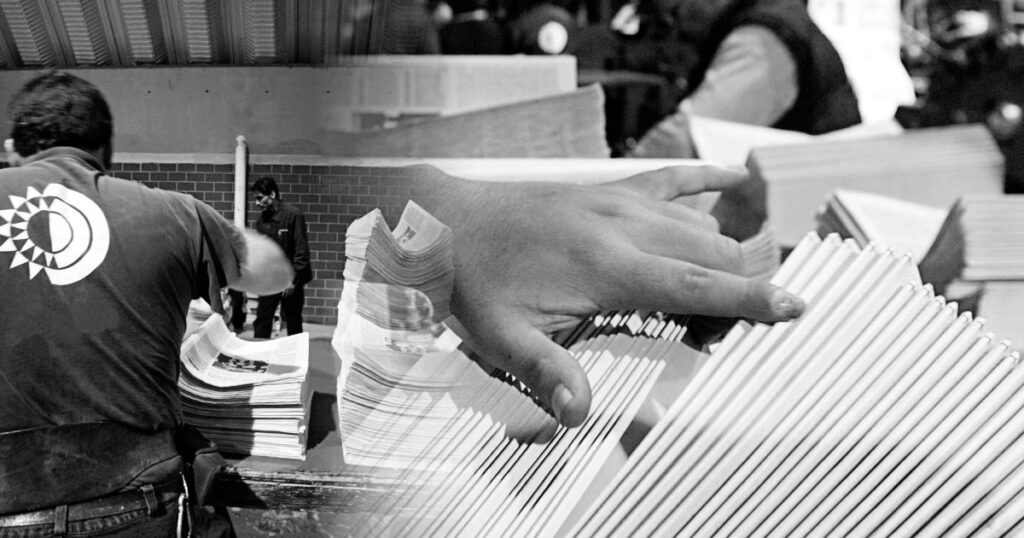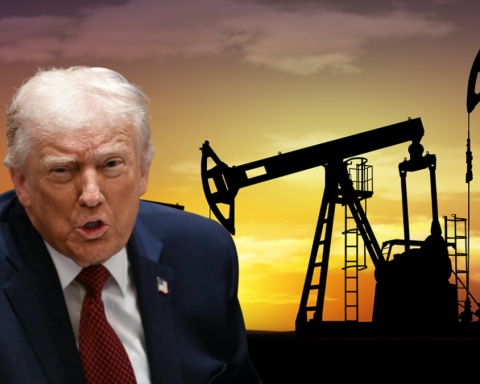In the archipelago of Tierra del Fuego, in Argentina, precisely in Ushuaia, the southernmost city in the world, where the cold penetrates to the bone and the wind corrodes the skin, one of the most famous and cruel penitentiaries operated for almost half a century of the planet.
Known as the End of the World prison due to its location, gloomy living conditions and almost insurmountable security, this prison, located a few dozen kilometers from Antarctica, was built in 1902 and inaugurated in 1904.
The building, as if it were a concrete octopus with walls almost 50 cm thick, has a central pavilion and, looking like straight tentacles, five two-story galleries. In those pavilions 386 cells of about 3 x 2 meters worked, with a small square window.
The prison population of this prison reached up to 600 prisoners. The inmates, who arrived after a long month’s journey by boat from Buenos Aires, were forced to work outdoors in the surrounding forests, felling trees. They also did carpentry, blacksmithing and printing, among other items.
It was such a rugged and feared place that some convicts committed suicide to avoid being transferred to the Ushuaia prison.
At the end of the world they not only sent the most feared and dangerous condemned. Serial killers and petty thieves to political prisoners were held in that hell.
The “Argentine Siberia” was baptized by the experienced journalist and crime writer Ricardo Ragendorfer.
“Sending criminals, political rivals and anarchists to be disciplined in Argentine Siberia was a strategy of enormous cruelty. It also obeyed a state policy of extremely insensitive. All the first inhabitants of Ushuaia lived, to a greater or lesser extent, from that prison structure. Either because they were suppliers of food or supplies or because they were the jailers themselves, generally foreigners who had cultivated the same profession in their countries of origin”, Ragendorfer points out about the context and dynamics of this prison in Presidio. Ushuaia Experimenta cycle of four documentaries.
Among all the stories of famous inmates who housed the End of the World prison, there are two that stand out. One is Cayetano Santos Godino, contemptuously nicknamed the “Petiso Orejudo” because of his short stature and his protruding ears.
Cayetano was the youngest and most well-known serial killer of the early 20th century in Argentina. He was the intellectual and material author of the deaths of four children. He carried out seven attempted murders and set fire to seven buildings.
With such a record, there was no other destination in the world to spend the rest of his days than in the Ushuaia prison. The “Petiso Orejudo” was confined from 1923 to 1944, without friends or visitors. He appeared dead one day in prison under still dubious circumstances.
At the other end of the story is Simón Radowitzky, a labor leader and anarchist. Radowitzky was sentenced to life in prison after carrying out the attack in which police chief Ramón Lorenzo Falcón died. He was transferred to the jail at the end of the world and recorded as prisoner 155.
There he spent 21 years. He suffered abuse of all kinds and torture at the hands of his jailers. He also became a leader of the prisoners, who called him “The Angel of Ushuaia”.
In 1918, Simón starred in a chapter worthy of a “movie”. Following a secret plan hatched from Buenos Aires, he escaped on foot, in full view of everyone, disguised as a prison guard. After four days sailing in a schooner through the Strait of Magellan and an intense search by the Argentine and Chilean police, he is captured and returned to the dungeons, to a punishment cell.
From the darkness and the cold wrote the steadfast prisoner 155 to his companions:
“I have enough courage, although I am skinny in body, to endure this confinement and the one that comes after it. Many times I have thought to finish once and for all, in view of the failure of my escape and the mistreatment; I mean, get myself killed or follow the example of 122. Do you know why I don’t? So that my executioners don’t enjoy themselves… (…) I’ll soon have been in prison for eleven years and I can assure you that I don’t have the slightest remorse; I never knowingly did anything wrong to anyone. I have always guarded, or better said, care, of the dignity that should be the norm of anarchists, and with respect to my behavior with the companions of the prison, an anarchist can never be ashamed.”
On April 22, 1930, after 21 years in prison, Simón Radowitzky, suffering from tuberculosis and malnourished, was released after a presidential pardon. He was exiled to Uruguay.
The End of the World prison operated until 1947. It was closed for humanitarian reasons by then Argentine President Juan Domingo Perón.
Since its dismantling as a penitentiary and until 1994, the facilities were used as a base for military operations. Later, the Presidio Museum, the Maritime Museum and the Ushuaia Marine Art Museum were installed in the pavilions.
In particular, the Prison Museum shows extensive information with testimonies and photos about the history of the prison. In it, protagonists such as Radowitzky and the “Petiso Orejudo” are represented in murals inside some cells.
Although everything is now staged, it is chilling to walk around that place and look through the small barred windows of the cells; even more so when crossing a gloomy pavilion that has remained as it was at the time the penitentiary was in use. It feels cold and damp. The light is scarce and the feeling of confinement takes your breath away. That’s when you feel firsthand why that place was called the End of the World prison and not precisely because of its geographical location.
